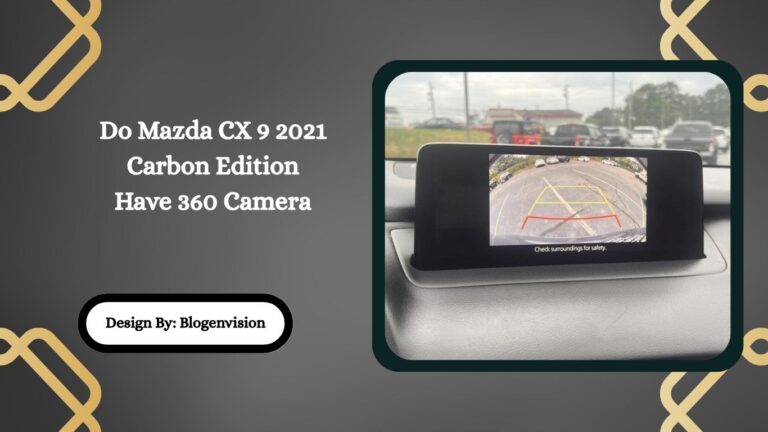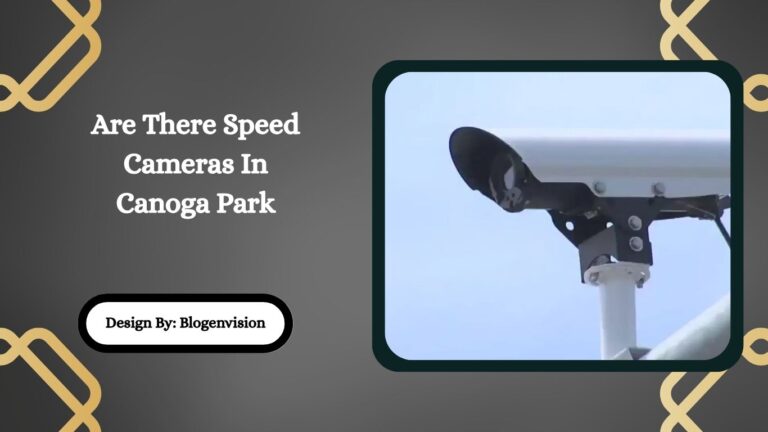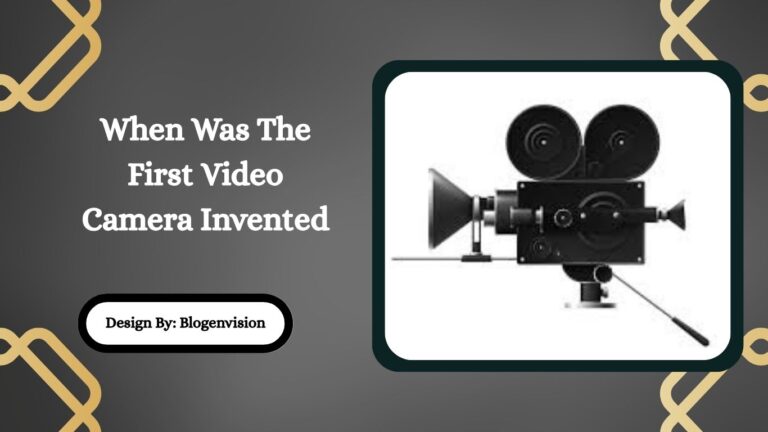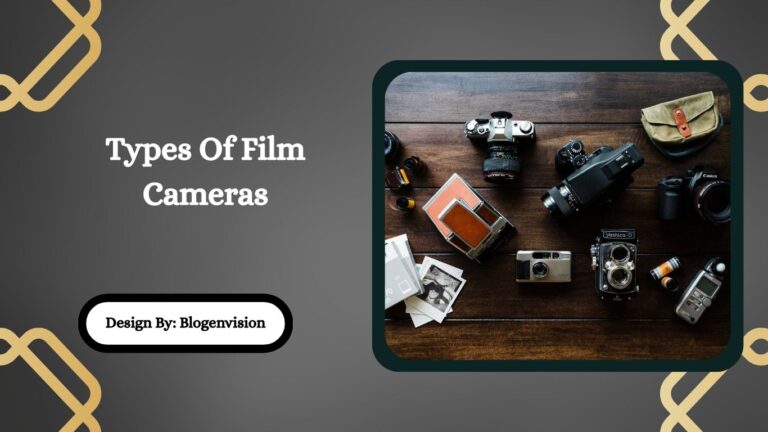Canon Powershot SD800 is Digital Camera
The Canon PowerShot SD800 IS is a compact digital camera known for its wide-angle lens, optical image stabilization, and DIGIC III processor, offering excellent portability, image quality, and ease of use.
The Canon PowerShot SD800 IS Digital Camera, also known as the Digital IXUS 850 IS in some regions, was introduced in 2006 but still holds a nostalgic place among compact camera enthusiasts. With its compact design, built-in image stabilization, wide-angle lens, and DIGIC III processor, the SD800 IS was a breakthrough in portable digital imaging during its time.
Whether you’re a collector, a retro camera fan, or simply researching early digital camera technology, this deep dive into the Canon PowerShot SD800 IS will show why it was — and still is — a notable piece of tech history.
Key Specifications of Canon PowerShot SD800 IS
- Resolution: 7.1 megapixels
- Sensor Type: 1/2.5″ CCD
- Lens: 3.8x optical zoom (28–105mm equivalent)
- Image Stabilization: Optical Image Stabilization (IS)
- Display: 2.5-inch LCD
- Processor: DIGIC III
- ISO Range: 80–1600
- Battery: NB-5L rechargeable Li-ion
- Storage: SD/SDHC card support
- Video Recording: VGA at 30fps
- Weight: Approximately 165g (with battery and card)
Why Was the Canon SD800 Was Ahead of Its Time?

1. Wide-Angle Lens in a Compact Body
At a time when most compact cameras began at 35mm, the SD800 IS offered a 28mm wide-angle lens, making it perfect for landscapes and group shots. This feature distinguished it from competitors in its class.
2. Optical Image Stabilization (IS)
Blurry images were a common issue with handheld compact cameras, especially in low light. Canon addressed this by including Optical IS, a feature that stabilized images physically, not just digitally — a major selling point in 2006.
3. DIGIC III Processor and Face Detection
This was one of the first Canon compacts to use the DIGIC III processor, bringing improved noise reduction, faster response times, and Face Detection AF/AE, which helped ensure clear portraits with properly exposed faces.
4. High ISO Range for Low-Light Photography
The ISO 1600 setting (rare in compacts of that era) allowed users to shoot indoors or in dim conditions without a flash. Combined with image stabilization, this made it one of the most low-light capable point-and-shoots at the time.
Design and Build Quality
The Canon SD800 IS was built with the brand’s signature stainless steel chassis, finished in a matte silver tone. The ergonomic design, curved edges, and compact dimensions (89.5 x 58.0 x 25.1mm) made it easy to pocket and carry.
- Weight: Lightweight yet solid
- Button Layout: Simple, intuitive controls
- LCD Display: 2.5-inch screen, bright and usable in daylight
Though it lacked a viewfinder, the SD800’s display compensated well for composing shots, thanks to its brightness and decent resolution for the time.
User Experience and Performance
Quick Startup and Shot-to-Shot Time
With fast startup speeds and minimal shutter lag, the SD800 IS was designed for spontaneous moments. Its continuous shooting mode delivered around 1.7 frames per second, not fast by today’s standards, but useful for casual action shots.
Excellent Color Reproduction
Canon cameras are known for vibrant and accurate color, and the SD800 was no exception. Its photos showcased strong contrast, rich saturation, and pleasing skin tones.
Indoor and Night Performance
Thanks to the combination of high ISO and image stabilization, users could shoot handheld at night or indoors with minimal blur — rare for compact cameras in its class.
Who Was the Canon SD800 Designed For?
- Travelers: Compact size + wide-angle lens + IS made it perfect for travel.
- Casual Photographers: Point-and-shoot simplicity with smart automatic settings.
- Families: Face detection and quick operation made it great for portraits.
- Retro Camera Collectors: It’s now a collector’s item with lasting nostalgia appeal.
Memory and Battery Life
The camera supports SD and SDHC cards up to 32GB, though 2GB–8GB cards were more common during its release.
- Battery Life: Around 270 shots per charge
- Battery Type: Canon NB-5L Lithium-ion battery
- Charger: External wall charger included
Battery performance was solid, offering a full day of moderate use.
Downsides of the Canon SD800 IS

While the SD800 IS was a standout compact in 2006, there were a few limitations by today’s standards:
- No HD video: Only VGA resolution at 30fps
- Low megapixel count: 7.1 MP may not suffice for large prints today
- No manual controls: Fully automatic with limited manual adjustments
- No RAW format: Only JPEG capture supported
Despite these, for casual and travel use, the camera delivered quality results.
Is the Canon SD800 Still Worth Buying Today?
For collectors, vintage tech enthusiasts, or students of photography, the SD800 IS remains a fascinating device. While its sensor and features are outdated by modern standards, it still delivers decent JPEG images and is fun to shoot with.
Additionally, it holds value for those looking for a budget-friendly point-and-shoot camera with optical IS and retro design.
Comparison: Canon SD800 IS vs Canon SD870 IS
| Feature | Canon SD800 IS | Canon SD870 IS |
| Resolution | 7.1 MP | 8.0 MP |
| LCD Screen | 2.5-inch | 3.0-inch |
| Optical Zoom | 3.8x | 3.8x |
| Wide-Angle Lens | Yes (28mm) | Yes (28mm) |
| Image Stabilization | Yes (Optical IS) | Yes |
| Manual Controls | Limited | Slightly more options |
| Release Year | 2006 | 2007 |
The SD870 IS was the natural successor, but many users still preferred the compactness and simplicity of the SD800 IS.
FAQs:
1. What makes the Canon SD800 IS camera unique for its time?
It featured a rare 28mm wide-angle lens, optical image stabilization, and face detection, all packed in a compact body—making it a standout choice for travelers and casual users back in 2006.
2. Can the Canon SD800 IS still be used for casual photography today?
Yes, it’s still useful for basic photography and retro appeal. While outdated by modern standards, it delivers good image quality and portability, especially for collectors or those seeking a nostalgic shooting experience.
3. Does the Canon SD800 IS have any manual controls?
The camera operates primarily in auto mode, with minimal manual control. It’s designed for point-and-shoot simplicity rather than advanced user settings, making it perfect for beginners and casual users.
4. How does the DIGIC III processor enhance photo quality?
Canon’s DIGIC III processor improved performance with faster response, better noise control, and accurate face detection—helping ensure well-exposed, sharp images even in dynamic or low-light situations.
5. What type of memory cards and battery does the SD800 IS use?
The SD800 IS uses SD/SDHC memory cards (up to 32GB) and a rechargeable NB-5L lithium-ion battery. It typically provides up to 270 shots per charge under normal shooting conditions.
Conclusion:
The Canon PowerShot SD800 IS remains a noteworthy digital camera for its time, offering a rare wide-angle lens, image stabilization, and compact design. While its features are modest by today’s standards, it still appeals to vintage camera lovers and casual photographers. Its ease of use, image quality, and portability make it an enduring example of Canon’s innovation in compact photography. For those seeking a nostalgic shooting experience or a reliable backup camera, the SD800 IS holds nostalgic and functional value even today.







